£9.46
Discovering the Mysteries of Phoenician Legends: Unlocking Ancient Knowledge: A Journey Through the Enigmatic World of Phoenician Mythology
Through this must-read book, you will unlock the knowledge and understanding of the Phoenician civilization that once ruled the Mediterranean world. Immerse yourself in the world of the Phoenicians and discover:
– The history and origin of the Phoenician civilization
– The religion and deities worshipped by the Phoenicians
– The famous Phoenician myths and legends
– The Phoenician alphabet and its impact on modern language
Featured List:
– Unravel the mysteries of one of the world’s most fascinating civilizations.
– Engage in an adventurous journey back in time.
– The perfect gift for history buffs and myth lovers.
– Unlock the secrets of the Phoenician culture.
What are you waiting for? Grab a copy today and indulge in a thrilling voyage to discover the secrets of Phoenician Legends! Add to cart now!
Unlocking Ancient Knowledge: A Journey Through the Enigmatic World of Phoenician Mythology
| Dimensions | 19.05 × 0.69 × 23.5 cm |
|---|---|
| ASIN | B0CVNKYYHM |
| Publisher | Independently published (13 Feb. 2024) |
| Language | English |
| Paperback | 116 pages |
| ISBN-13 | 979-8879442298 |
| Dimensions | 19.05 x 0.69 x 23.5 cm |
Related products
Mesopotamia: A Captivating Guide to Ancient Mesopotamian History and Civilizations, Including the Sumerians and Sumerian Mythology, Gilgamesh, Ur, … Persian Empire (Exploring Ancient History)
£17.80- Sumerians: A Captivating Guide to Ancient Sumerian History, Sumerian Mythology and the Mesopotamian Empire of the Sumer Civilization
- Gilgamesh: A Captivating Guide to Gilgamesh the King and the Epic of Gilgamesh
- Ur: A Captivating Guide to One of the Most Important Sumerian City-States in Ancient Mesopotamia
- Assyrian History: A Captivating Guide to the Assyrians and Their Powerful Empire in Ancient Mesopotamia
- Babylon: A Captivating Guide to the Kingdom in Ancient Mesopotamia, Starting from the Akkadian Empire to the Battle of Opis Against Persia, Including Babylonian Mythology and the Legacy of Babylonia
- Hammurabi: A Captivating Guide to the Sixth King of the First Babylonian Dynasty, Including the Code of Hammurabi
- The Persian Empire: A Captivating Guide to the History of Persia, Starting from the Ancient Achaemenid, Parthian, and Sassanian Empires to the Safavid, Afsharid, and Qajar Dynasties
Some of the topics covered in part 1 of this book include:
- The Ancient Sumerians In a Nutshell
- The Social Structure of Ancient Sumerians
- The Religion and Mythology of Ancient Sumerians
- The Sumerian Kingdoms Chronology
- The Everyday Life of Ancient Sumerians
- And much, much more!
Some of the topics covered in part 2 of this book include:
- The History of the Epic
- All Eleven Tablets
- Sumerian Poems About Gilgamesh
- And much, much more!
In part 3 of this book, you will:
- Get a sense of how Ur came to existence, how it grew, reached its zenith, fell, re-rose, and ultimately perished until it reemerged a little over a century and a half ago
- Learn of its history, laden with wars, trade, divine worship, political corruption, and entertainment
- And much, much more!
Some of the topics covered in part 4 of this book include:
- The Assyrians Arrive in Mesopotamia: The Early Assyrian Period
- The Birth of a Civilization: The Old Assyrian Empire to the Middle Assyrian Empire
- The Beginning of the Neo-Assyrian Empire
- Imperial Expansion and the Golden Age of the Neo-Assyrian Empire
- The Fall of the Empire
- Assyrian Government
- And much, much more!
Some of the topics covered in part 5 of this book include:
- The Land of the Babylonians
- Life, Culture, and Gender Roles Throughout the Years
- Where Superstition Met Science
- Babylonia Before the Babylonians
- The Amorite Dynasty or the First Babylonians
- The First Fall of Babylon and the Rise of the Kassites
- Assyrian Domination and Rule, 911-619 BCE
- And much, much more!
Some of the topics covered in part 6 of this book include:
- Babylon Before Hammurabi: Position of the City in Mesopotamia, Early Rulers
- Rise of Hammurabi: Wars and Achievements Chronology of Hammurabi
- Hammurabi’s Character: Physical Appearance, Relations with Other Rulers, Glimpses of His Personality
- The Code of Hammurabi and Early Mesopotamian Law
- And much, much more!
Some of the topics covered in part 7 of this book include:
- Who Are the Persians? The History of Human Population in Iran
- The Birth of the Achaemenid Empire: The Rise and Reign of Cyrus the Great
- The Glory of the Achaemenid Empire: Cambyses & Darius
- And much, much more!
So if you want to learn more about Mesopotamia, scroll up and click the “add to cart” button!
Uncovering Celtic Mythology: A Beginner’s Guide Into The World Of Celtic Myths, Fairy Tales, Folklore, Warriors, Celtic Gods and Creatures (Ancient History Books)
£22.52In 58 BCE, when Julius Caesar – the famous Roman general – wrote a commentary on the Gallic wars, he described the “Celt” speaking people who lived in the area then known as the Gaul.
These people had their own culture, gods, and beliefs – called Celtic Mythology – which were very different from the Romans.
The influence of this mythology, however, was not limited to a small territory. This culture spread across Europe, especially to the western nations of Britain, Ireland, France, and Spain.
The legacy of Celts is still alive, and you may even have encountered these traces of Celtic culture:
- The languages spoken by modern-day Irish, Scottish, and Welsh people
- King Arthur and the Knights of the Round Table
- The legends and pop-culture depictions of the shrieking spirit of Banshee
- Conan the Barbarian, a very famous character appearing in films as well as comics
- Bran Stark, from Game of Thrones, who becomes the Three-eyed Raven
The above examples are just a handful of successors from the ancient Celtic culture, and the last two draw direct inspiration from Celtic mythology.
And there’s even more from where those came from…
In Uncovering Celtic Mythology, you will discover:
- A comprehensive, beginner-friendly guide to understanding the world of Celtic Mythology
- The origins and culture of the Celtic people that inhabited Western Europe since the Iron Age
- Symbolisms and Beliefs: explore creation myths, sacred trees, sacred festivals, and more!
- Irish and Welsh Mythologies (and how they continue the folkloric traditions of the Celts)
- The Great Cycles – relive the 4 great sagas that form the mythological history of Ireland’s Celtic people
- A curated collection of folktales that form an important part of Irish and Welsh mythologies
- 50+ character profiles – enjoy a lively cast of well known mythical heroes, gods, and goddesses
- Over 30 different creatures – legendary monsters and mythical beings – waiting for you
- How the Legend of King Arthur links with Celtic Mythology
And much more.
The Celtic culture, practices, beliefs, and myths are not just records of a bygone era… They are also examples of resilient traditions that continue to inspire mankind even in modern times.
If you want to explore the magical myths of Celtic Mythology – and have fun while doing it – then scroll up and click “Add to Cart” right now.
The Ancient Mysteries: A Sourcebook of Sacred Texts
£19.34Zeus and the other gods of shining Olympus were in reality divine only by popular consent. Over the course of time Olympian luster diminished in favor of religious experiences more immediate to the concerns of people living in an increasingly cosmopolitan ancient world. These experiences were provided by the mysteries, religions that flourished particularly during the Hellenistic period and were secretly practiced by groups of adherents who decided, through personal choice, to be initiated into the profound realities of one deity or another. Unlike the official state religions, in which people were expected to make an outward show of allegiance to the local gods, the mysteries emphasized an inwardness and privacy of worship within a closed band of initiates.
In this book, Marvin W. Meyer explores the sacrifices and prayers, the public celebrations and secret ceremonies, the theatrical performances and literary works, the gods and goddesses that were a part of the mystery religions of Greece in the seventh century B.C. to the Judaism and Christianity of the Roman world of the seventh century A.D.
Assyria: The Rise and Fall of the World’s First Empire (Bloomsbury Publishing)
£12.55The first comprehensive account of the rise and fall of what historians consider to be the world’s very first empire: Assyria
‘A work of remarkable synthesis. The range of its sources is truly extraordinary . . . Frahm punctures a fair share of myths too’ Pratinav Anil, The Times
At its height in 660 BCE, the kingdom of Assyria stretched from the Mediterranean Sea to the Persian Gulf. It was the first empire the world had ever seen.
Here, historian Eckart Frahm tells the epic story of Assyria and its formative role in global history. Assyria’s wide-ranging conquests have long been known from the Hebrew Bible and later Greek accounts. But nearly two centuries of research now permit a rich picture of the Assyrians and their empire beyond the battlefield: their vast libraries and monumental sculptures, their elaborate trade and information networks, and the crucial role played by royal women.
Although Assyria was crushed by rising powers in the late seventh century BCE, its legacy endured from the Babylonian and Persian empires to Rome and beyond. Assyria is a stunning and authoritative account of a civilisation essential to understanding the ancient world and our own.
Serbia’s Hidden Past: From the First Europeans to Modern Times: A Journey into the Lost History of Serbia and the Balkans
£19.99For centuries, mainstream history has often overlooked or misrepresented the significance of Serbian archaeological sites. The deliberate flooding of Lepenski Vir, the lack of proper excavation at Vinča, and the industrial developments at Viminacium raise questions about why these places have not received the attention they deserve. Were these events simply coincidental, or do they point to a broader effort to suppress historical truths? This book will examine these patterns, exploring the possibility that Serbia’s ancient past holds discoveries that challenge conventional historical narratives. By following a chronological timeline, we will trace the development of human civilisation in Serbia from the first known European settlers to modern times. The journey begins with the earliest human presence in the region, as evidenced by Neanderthal and early Homo sapiens remains found in caves such as Pešturina and Velika Balanica. These discoveries suggest that early humans inhabited the region far earlier than traditionally acknowledged, with genetic links to both Western European and Asian populations.

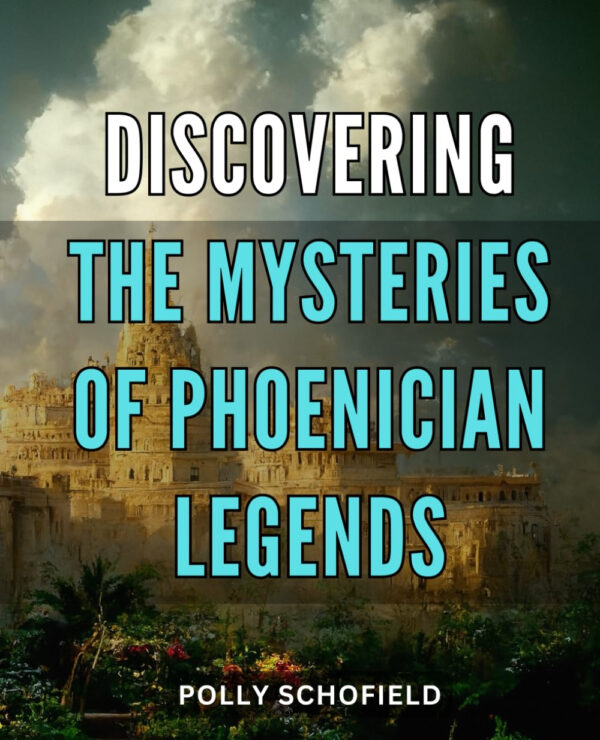
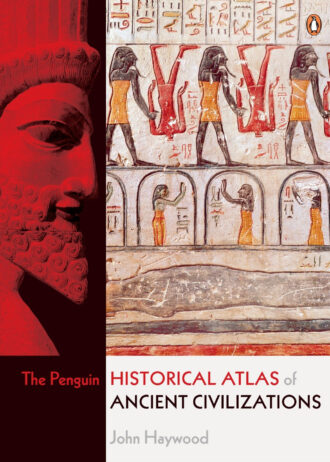
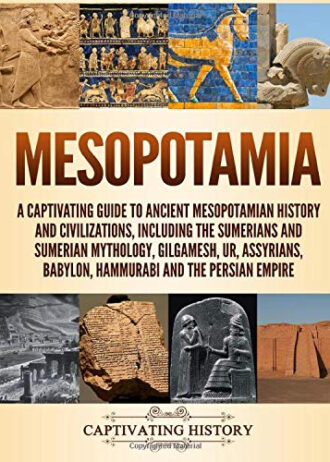
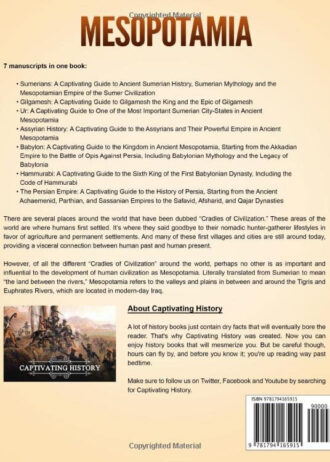
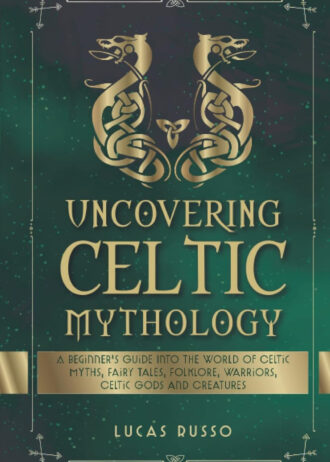
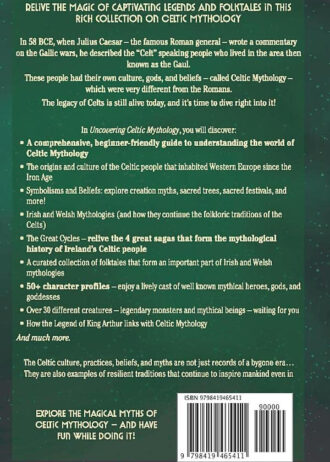
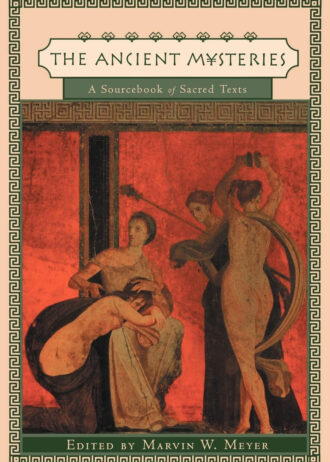
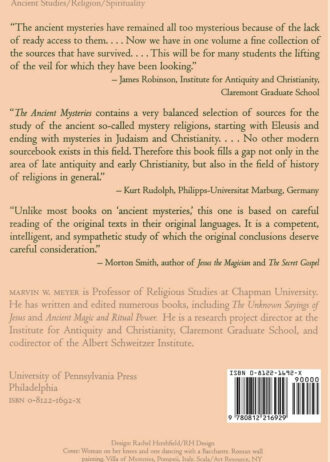
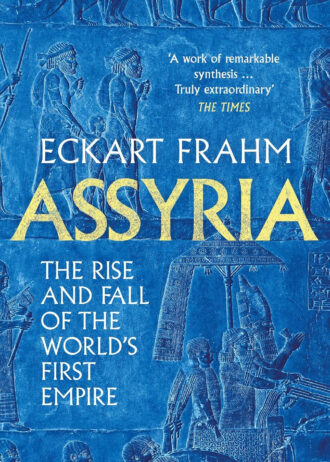
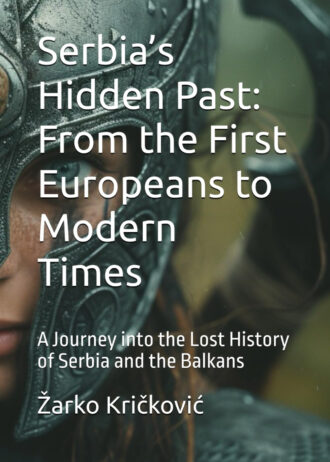
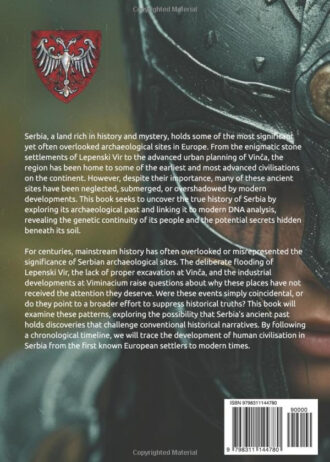
Reviews
There are no reviews yet.